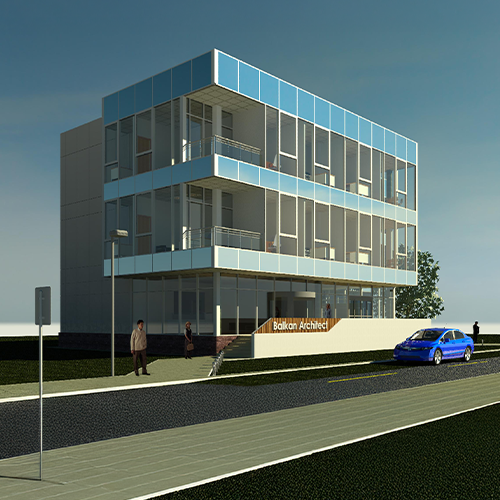Autodesk Revit Course
Intermediate to Advanced Level
Master the Advanced Tools, Settings and Workflows in Revit
What you'll Learn:
This Course is Over 15h Long and is Divided into 17 Chapters:
There is no enforced chapter order, you start from what you find most exciting!
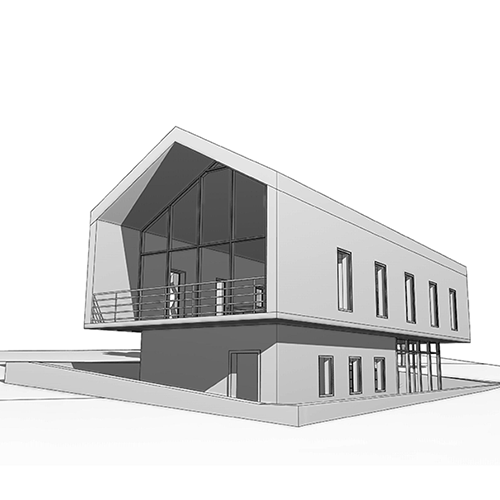
Design Options - Explore Ideas
When it comes to design, you will often find yourself in a situation where you want to try out a few different options.
With the Design Options in Revit you can do exactly that easily and seamlessly. Revit allows you to try out multiple options, present them to the client and then settle on the best one!
In this chapter you will learn how to implement this tools set and also what is the best workflow so you can save time and get the best result!
You will also learn a lot of tips and tricks along the way!
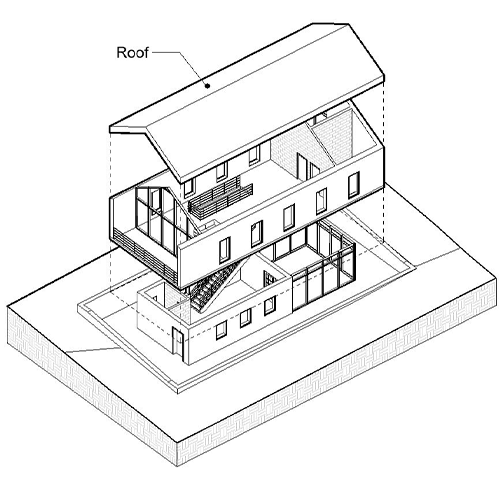
Displace Elements - Show How It All Comes Together
Presentation matters—and Displace Elements is one of the best tools in Revit for visually explaining how your building is constructed.
This is not only useful for presenting your project to the client, but also to explain the construction to the builders.
This chapter will cover not only how to create these powerful views, but also the workflow which will give you the best presentation in the shortest possible time!


Phasing
Every complex project is designed to be executed in multiple phases. To help with this Revit has a phasing set of settings and options that make this easy to implement.
This is especially crucial on any renovation project where the existing phase is the starting point.
In this chapter will be looking at a renovation project where we will be starting with an existing building. After deciding what needs to be demolished we will create a new construction that completes the project. Also an additional phase will be added in the end, only if the fictional client's budget allows for it!
All of this will be presented in the end to show the timeline of the project and all of it's phases!
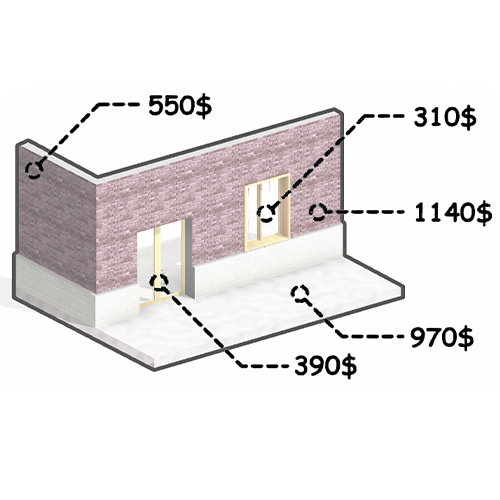
Cost Calculation
When it comes to building design there is a lot of money at stake! This is why keeping track of costs can not only be useful for the client, but also it can inform your design.
In this chapter you will learn how to assign cost to different building elements and how to use that information to calculate total cost. You will learn about the different approaches that are possible so you will have a solution for every possible problem!

Stairs, Ramps and Railing [advanced look]
Stairs and railings can seem really easy to create in Revit and if you are looking for a basic stair, then they are super simple to place! BUT if you want to design your own custom stars and railings, then it can be quite difficult and confusing. In this chapter you will learn how to model all sorts of different stairs and railings, so you will develop a complete understanding how to make your vision a reality!
Apart from stairs you will also learn how ramps work in Revit and how can you create all sorts of different ramps that not only look good but are up to code as well!

Groups & Assemblies

Groups
Groups are a powerful tool in Revit but it can only seem confusing if you don't know how to use them properly. In this chapter you will learn what is the difference between groups and assemblies, what are all of the settings and options that you have for your groups and finally how to utilize their full potential. You will save hours on some of your projects with implementation of the group tool!

Assemblies
Assemblies are a powerful tool that allows you to separate a certain part of your model and present it as a separate set of plans. You can consider it a project inside of your project. This is really useful when you have a segment that is going to be built by a single contractor and you want to include all details that they are going to need. In this chapter we are going to be presenting our facade as a separate set of plans packed full of additional information!

Site and Topography [advanced look]
In this chapter we are going to be taking a closer look at topography in Revit.
You will learn how to properly place your building when it comes to it's project base point and survey point, it's orientation and elevation.
Also you will learn how to properly adjust your topography to your building and also set up the Revit topography settings so they show exactly what you want to see and what is required for your project.


Filters
Filters are one of those tools what put the Information in Building Information modeling.
This is why we will be exploring how to use this very powerful tool in order to either use (for building design) or extract data and information out of your Revit models.

Materials
Materials are one of the most important aspects of your model when it comes to rendering and presentation. Also when it comes to picking out the perfect material for each surface and design element.
This chapter will explore all material settings and options in order to give you the best result!
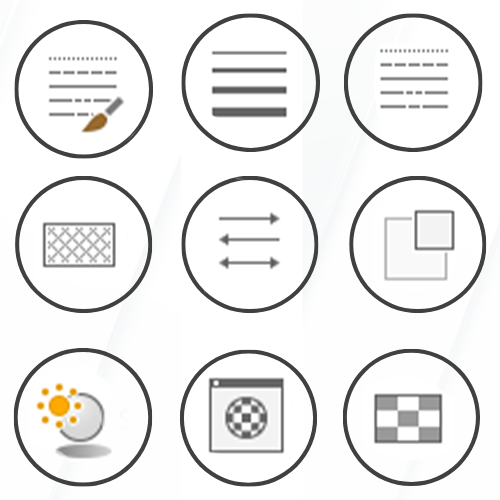
Additional Settings
Additional settings are a set of settings that effect the presentation and look of your plans and sheets. This chapter will be exploring all of these in depth in order to give you a complete understanding of what to they effect and how do they work. This will give you the power to set up everything to your will!

Parts
When it comes to building design showing how exactly building elements are supposed to come together is really important. The parts tool allows you to separate wall and floor layers, create panels that come together to complete a surface and much more. This is especially useful when it comes to any custom designs that you might want to include.
In this chapter you will learn how to use the parts tool, how to separate existing elements and finally how to present and schedule your construction design.

Schedules [advanced look]
This chapter includes an advanced look into schedules. You will learn how to precisely extract data out of your model. One of the most important parts of the scheduling process is the filtering of all unnecessary data.
You will learn how to filter schedules, how to create specialized customized parameters, how to add formulas for calculating fields and finally how to combine multiple categories into one single schedule.
Views
Revit offers us an ability to create all sorts of different views that can be implemented for different purposes. This chapter will explore all of those different view types and how to get the most out of them!
You will learn how to create a starting view to greet you when you open up your project and give you all important information.
Customizing views can be automatic and we will be exploring how to do this as well. You will develop a full understanding of how Revit looks at plan views and how to get the most out of them easily!
This chapter will be revisiting the topic of walls in order to show how to make complex walls, how add custom sweep profiles and also how to master wall joins.
You will learn how to create custom curtain wall panels and mullions with detailing.
This is where we're taking things to the next level. We will build a complete office building, even the structural elements and then produce all project documentation for this complex project.
This is where we're taking things to the next level. We will build a complete office building, even the structural elements and then produce all project documentation for this complex project.
Example Curriculum
- 1. Introduction (2:28)
- 2. How does Revit look at Phasing (9:47)
- 3. Creating Phases in Revit (9:51)
- 4. Demolition (9:01)
- 5. Demolishing System Families (12:44)
- 6. Phasing Modeling Tips (4:19)
- 7. Additional construction (9:29)
- 8. Organizing views (7:28)
- 9. Phasing and Rooms (7:06)
- 10. Phasing Graphics (11:27)
- 11. Phasing and Schedules (8:12)
- 12. Phasing and Levels and Grids (4:08)
- 13. Phasing Views on Sheets (12:01)
- 14. Completing the Schedules (6:23)
Choose a Pricing Option
$99
One-Time Payment
Own it forever.
Pay once and unlock the full 15+ hour course. No expiration, no limits. Start anywhere, learn everything, at your own pace.
$39/month
3 Easy Monthly Payments
Learn now, pay over time.
Access the full course immediately with 3 easy monthly payments. No delays - start learning today while spreading out the cost.
These products may interest you as well
Buying for a company?
Get exclusive discounts for multiple users, custom Revit libraries, and expert consultations.
We also offer company invoices and bank transfers for easy payments.
Unlock Your Team’s Full Potential
Contact Us
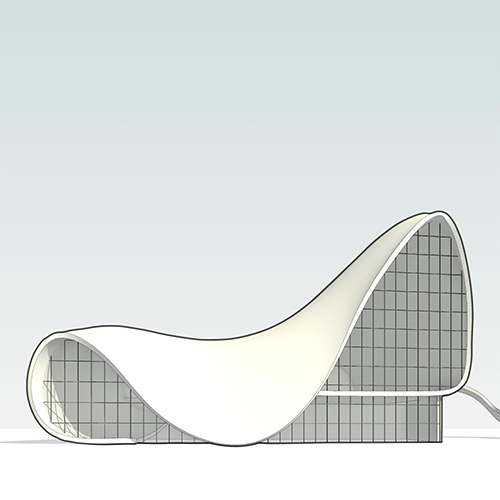
 Milos Temerinski
Milos Temerinski
